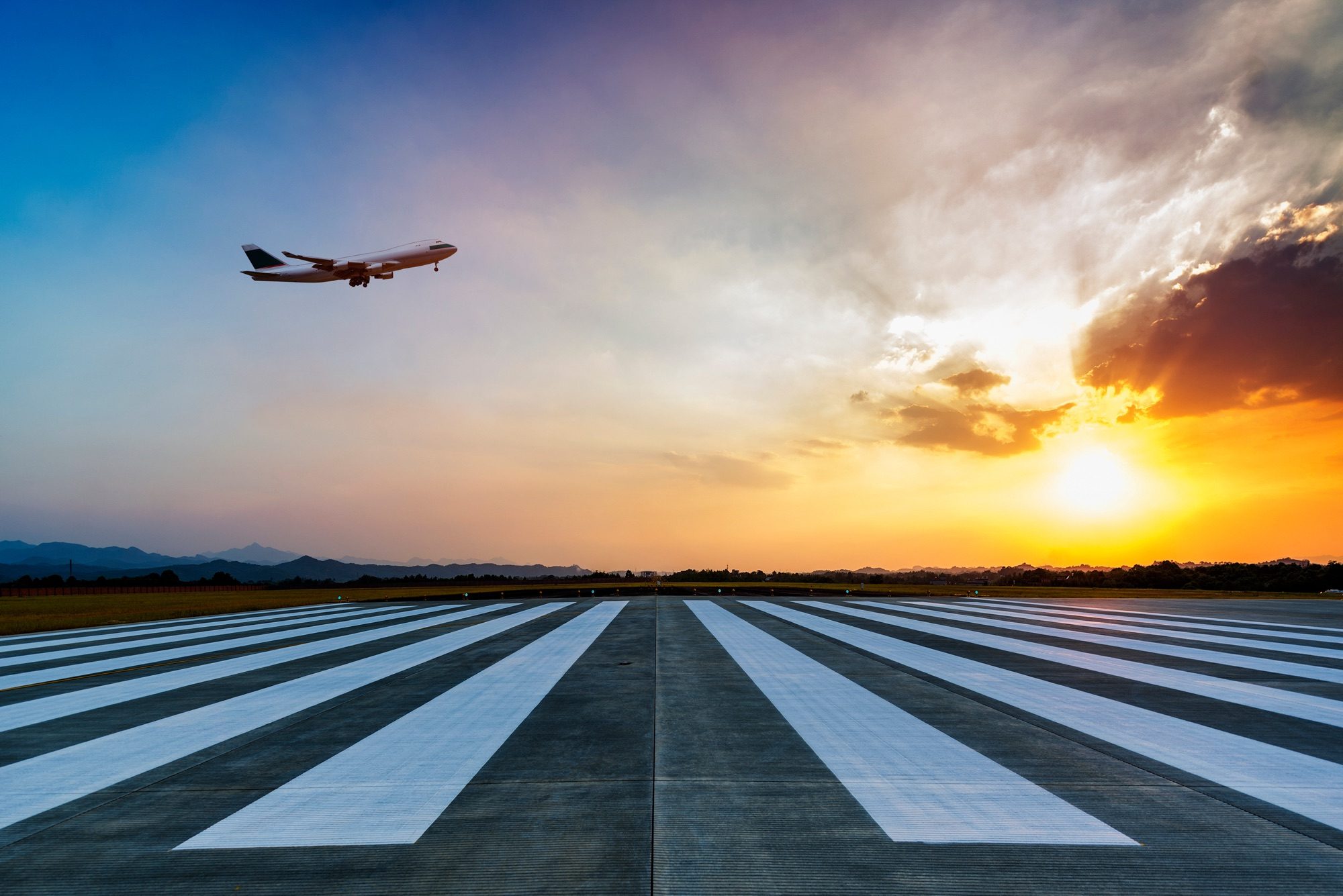THE MOST FREQUENTLY REPORTED EVENTS
Dans le trio de tête du classement des événements les plus rapportés, deux places sont occupées par des événements qui sont tout à fait étrangers à la mission de skeyes, mais dont le signalement est une obligation de la législation européenne :
- Les interférences avec la faune sauvage, avec 420 occurrences, arrivent en tête de liste, reflétant les défis continus dans la gestion de l’activité des oiseaux et de la faune à proximité des aéroports.
- Les problèmes techniques avec les aéronefs, la plupart du temps toujours signalés directement par les pilotes, occupent la 3e place avec 127 rapports en 2024.
À la 2e place des événements les plus signalés se trouvent les intrusions dans un espace aérien par des pilotes d’aviation générale, d’avions militaires ou d’État. Après avoir pratiquement doublé entre 2019 et 2022, ce type d’événement tend à se stabiliser avec 178 signalements en 2024. L’intensification de la coopération et du partage d’information dans laquelle skeyes s’est engagée avec ses partenaires devrait réduire ce type d’événement dans les prochaines années.
En 4e position, on peut se réjouir de voir à nouveau diminuer les incidents relatifs à l’aveuglement de pilotes au moyen de pointeurs laser. Après trois années consécutives d’augmentation, ce phénomène inquiétant, d’autant plus qu’il est la plupart du temps volontaire, est en recul de 10% avec 94 signalements (104 en 2023). Nous espérons voir se confirmer cette tendance suite aux efforts coordonnés de skeyes, des autorités aéroportuaires et judiciaires.
Ces comportements particulièrement dangereux et irresponsables ont occupé la 1re place des incidents de 2010 à 2015 avec plus de 200 événements rapportés par an.
Les déviations par rapport aux autorisations ATC ont connu une baisse significative de 20 %, passant de 101 cas en 2023 à 81 en 2024 - une tendance positive reflétant une meilleure adhésion aux instructions ATC.
La mission principale des contrôleurs aériens de skeyes est de veiller à maintenir des distances de sécurité entre les aéronefs. Le non-respect des séparations minimales implique souvent directement le contrôle aérien et peut mener à des incidents plus sévères (A et B). Si l’on déplore une augmentation de 31% de ces événements en 2024 (67 événements) par rapport à 2023 (51 événements), aucun d’eux n’a été classé comme incident de sécurité des catégories les plus sévères (A et B), ce qui signifie qu’ils n’ont pas eu d’impact sur le niveau de sécurité global.
Pour 2024, l’implication de skeyes a été confirmée pour 59 de ces occurrences (soit 88%), reflétant une tendance vers de meilleurs détection et signalement de ce type d’incident plutôt qu’une diminution de la sécurité.
Les incursions de piste sont un autre type d’événement qui concerne directement les performances de sécurité de skeyes, même si sa responsabilité dans ce type d’événement n’est engagée que pour une petite minorité d’entre eux. En 2024, 37 incursions de piste ont été signalées, contre 44 l’année précédente et 42 en 2022. L’implication de skeyes dans ces événements n’a été confirmée que pour 10 de ces incursions, soulignant les performances remarquables de skeyes dans les opérations au sol.
Enfin, les événements liés aux vols de drones dans des zones non autorisées ont diminué de 69% par rapport à 2023. Seuls 8 signalements ont été reçus, tous par des pilotes. Cette tendance positive met en évidence les résultats du renforcement réglementaire et de la conscientisation des utilisateurs.





